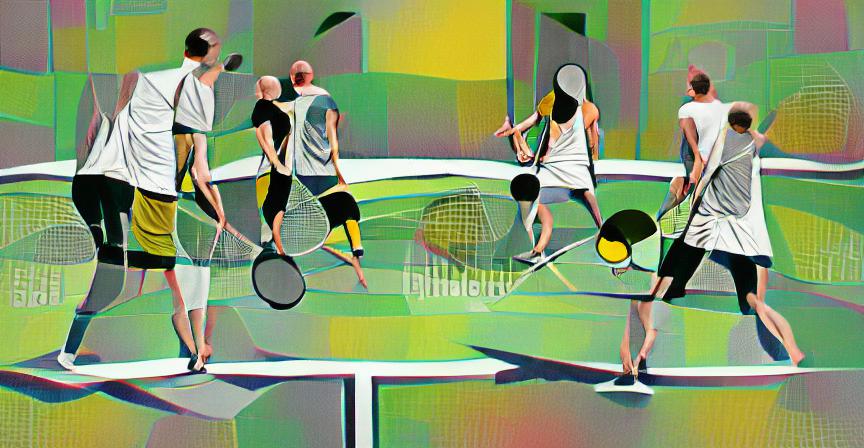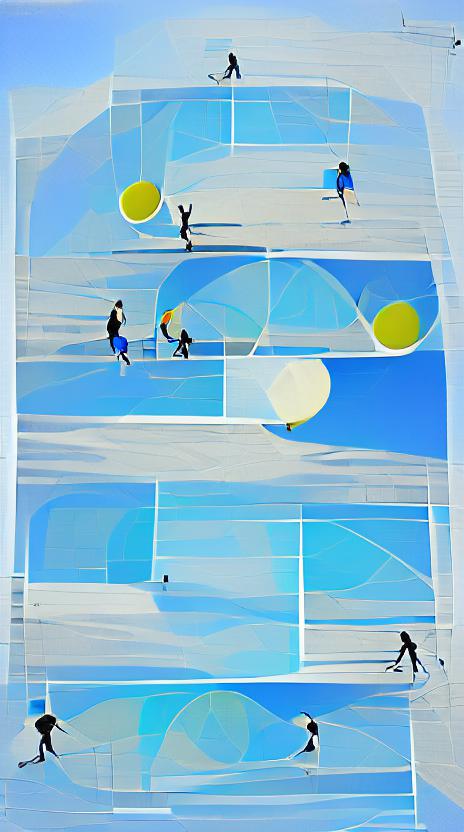Pickleball Etiquette

Good Sportsmanship is the Rule–

Pickleball is a community sport. It’s a game that is hugely popular and rapidly growing, known for its friendly learning curve and accessibility. Because of this, expect to play with a mix of novice and advanced players.
Good Sportsmanship is expected. Be mindful of the skill levels of your partner and opponents; don’t take advantage of unskilled players or criticize other’s play. ‘Playing down’ is often expected when playing those at lower skill levels. Instead, these should be opportunities to work on your weaknesses. Strong, aggressive play is usual reserved for designated challenge courts or tournaments. Be open and honest about your skill level, disclosing the skills you’re still working on others.
Be social. Acknowledge the other players when entering the court and introduce yourself to those you don’t know. Be sure to encourage your teammate when possible, and never openly criticize play. It is expected that players not over-celebrate nor cheer opposing mistakes, though be sure to give praise and compliment well placed shots and volleys. At the end of each game, it’s customary for players to meet at the net and ‘clink’ paddles in show of sportsmanship.
Be consistent and fair. It’s generally understood that the player facing north is the first to serve. Know that it’s the serving player’s responsibility to audibly call out the score before each serve. Players are expected to call balls ‘out’ on their side. If the call of ‘out of bounds’ is close, give the opposing player the benefit of doubt. A spectator’s call is not considered valid.
As a spectator, be respectful. Pickleball players tend to favor quieter crowds during playing. Keep noise levels down when possible. Do not walk across or behind a court when others are playing, instead wait until the point is completed or the next dead ball. If an errant ball comes towards you, feel free to catch it and assist in getting it back on court, it’s an appreciated gesture.
Official Rules
RULE 1: THE BALL MUST STAY INBOUNDS: The serve must be made underhand, from behind your baseline, and land diagonally across the court, alternating left and right service boxes each serve.
RULE 2: THE “TWO BOUNCE RULE”: ONE BOUNCE PER SIDE AFTER SERVE: Two bounces must occur before a ball can be volleyed out of the air.
RULE 3: THE BALL MUST BE RETURNED: The ball cannot bounce twice and can only be hit once by each team to the opposite side of the court.
RULE 4: THE “NO-VOLLEY ZONE”: Also known as the “kitchen”, is the lined box located seven feet off the net. When serving, the ball cannot land in the ’NVZ’. Players cannot step into the ‘NVZ’. After the serve, the ball can land in ’NVZ’, only then can a player enter to return the ball.
RULE 5: POINTS ARE SCORED ON THE SERVE ONLY: GAME TO 11: Winner is the first team to 11 points and lead by at least 2 points. Some games may be extended to 15 or 21 points
